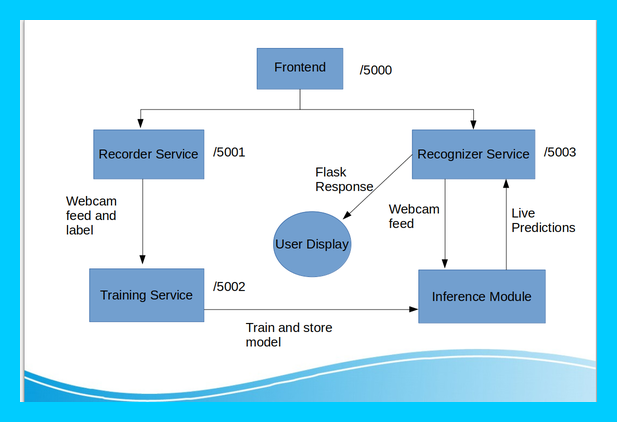Human activity recognition from skeleton poses
Human Action Recognition is an important task of Human Robot Interaction as cooperation between robots and humans requires that artificial agents recognise complex cues from the environment. A promising approach is using trained classifiers to recognise human actions through sequences of skeleton poses extracted from images or RGB-D data from a sensor. However, with many different data-sets focused on slightly different sets of actions and different algorithms it is not clear which strategy produces highest accuracy for indoor activities performed in a home environment. This work discussed, tested and compared classic algorithms, namely, support vector machines and k-nearest neighbours, to 2 similar hierarchical neural gas approaches, the growing when required neural gas and the growing neural gas.
PDF Abstract


